Professionals Teach You to Play Badminton! NSYSU Develops Wearable Learning System for Badminton
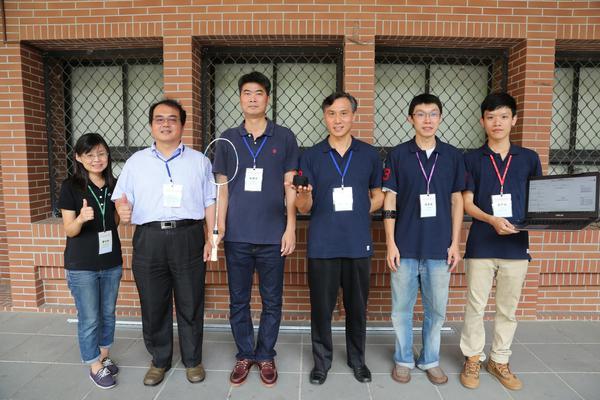
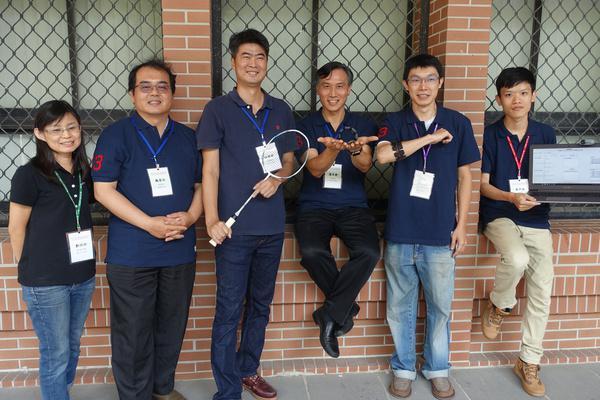
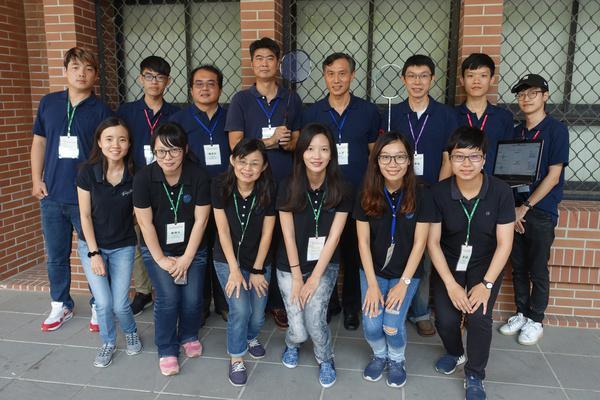
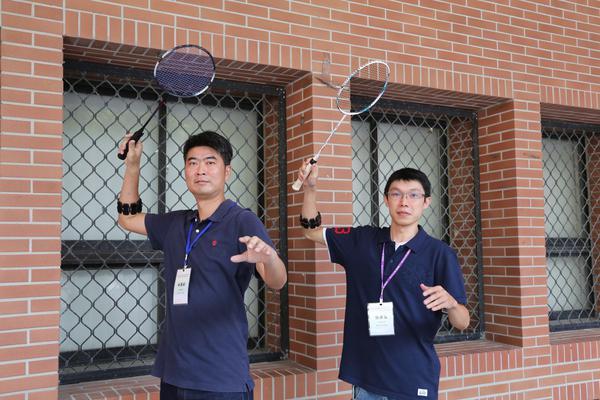
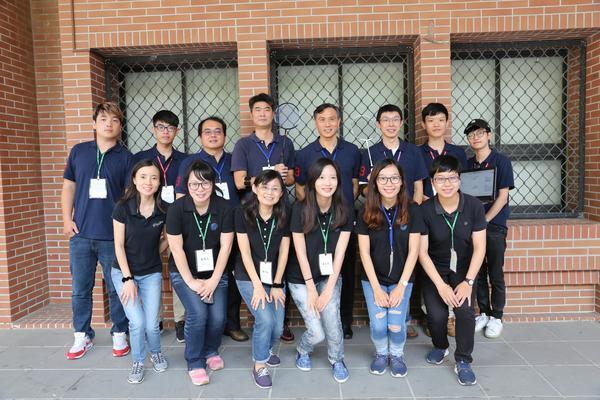
A research team led by Nian-Shing Chen, Chair Professor of the Department of Information Management, successfully developed a wearable learning system for badminton training. This system provides instant feedback and correction regarding students’ forearm muscle-power exertion in their racket swings. The feedback is based on the experts’ database extracted from four prominent professional badminton players in Taiwan: Min-Hao Tseng, Hsiao-Huan Chen, Shang-Kai Lin, and Kuo-Chin Lin. The wearable learning system was used in a badminton course at the National Sun Yat-sen University for 8 weeks, and the students’ badminton skills were reported to be improved considerably. This system may also be applied to other sports, such as golf, tennis, and table tennis, providing teachers with an objective teaching tool.
According to Professor Chen, the wearable system provides the major advantages of real scenarios and instant feedback regarding students’ performances, combining with the functions of a badminton-expert model and image recording. The research team requested the aforementioned four professional players to wear the Myo sensor (the wearable devices) to record the electromyography and gyroscopic signals of their forearms while they performed backhand pushes, backhand flicks, backhand drives, and forehand smashes. The collected data were then used to establish the badminton-expert model. The same approach was used to record students’ muscle-force exertion when they practice the badminton swings.
The image-recording function, in addition to instantly recording a wearer’s swinging actions, displays those of the professional players as an immediate reference for the students. According to Professor Chen, this wearable learning system enables instant movement comparisons in badminton training; students can immediately identify the areas needing improvement based on the data regarding differences between their performance and the expert model, as displayed in the system. After 8 weeks of testing, the system was confirmed to enhance the training results of students.
“In badminton class, it’s as if four professional players are practicing with you!” Kuo-Hsin Lin, a former professional badminton player and an associate professor in the Center for General Education, explained that swinging action and wrist force are key points in learning badminton techniques. In conventional badminton training, physical education teachers can only provide subjective feedback to students to correct their swing techniques. The purpose of the wearable badminton learning system is to effectively assist teachers to train badminton students according to more objective methods and provide instant feedback for the teachers and students, thereby enhancing training outcomes. Students that have used the wearable learning system in training have been reported to exhibit significantly superior badminton training outcomes to those trained under conventional approaches.
According to Professor Chen, the wearable system provides the major advantages of real scenarios and instant feedback regarding students’ performances, combining with the functions of a badminton-expert model and image recording. The research team requested the aforementioned four professional players to wear the Myo sensor (the wearable devices) to record the electromyography and gyroscopic signals of their forearms while they performed backhand pushes, backhand flicks, backhand drives, and forehand smashes. The collected data were then used to establish the badminton-expert model. The same approach was used to record students’ muscle-force exertion when they practice the badminton swings.
The image-recording function, in addition to instantly recording a wearer’s swinging actions, displays those of the professional players as an immediate reference for the students. According to Professor Chen, this wearable learning system enables instant movement comparisons in badminton training; students can immediately identify the areas needing improvement based on the data regarding differences between their performance and the expert model, as displayed in the system. After 8 weeks of testing, the system was confirmed to enhance the training results of students.
“In badminton class, it’s as if four professional players are practicing with you!” Kuo-Hsin Lin, a former professional badminton player and an associate professor in the Center for General Education, explained that swinging action and wrist force are key points in learning badminton techniques. In conventional badminton training, physical education teachers can only provide subjective feedback to students to correct their swing techniques. The purpose of the wearable badminton learning system is to effectively assist teachers to train badminton students according to more objective methods and provide instant feedback for the teachers and students, thereby enhancing training outcomes. Students that have used the wearable learning system in training have been reported to exhibit significantly superior badminton training outcomes to those trained under conventional approaches.
Click Num:
Share
